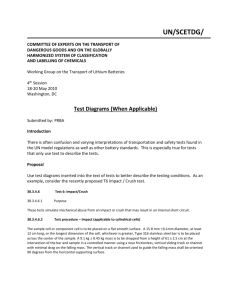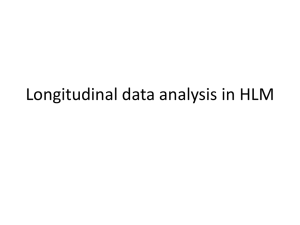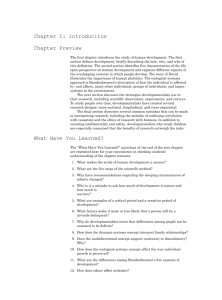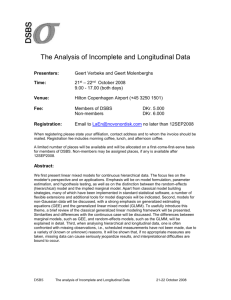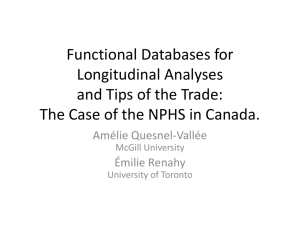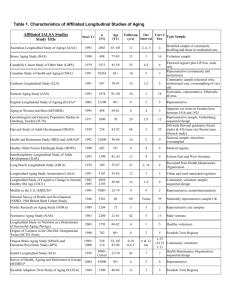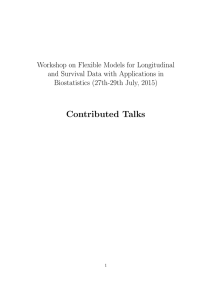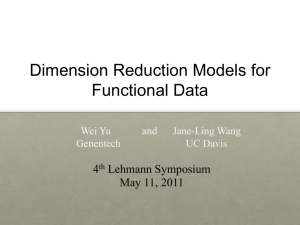Introducing Time Series Concepts
advertisement
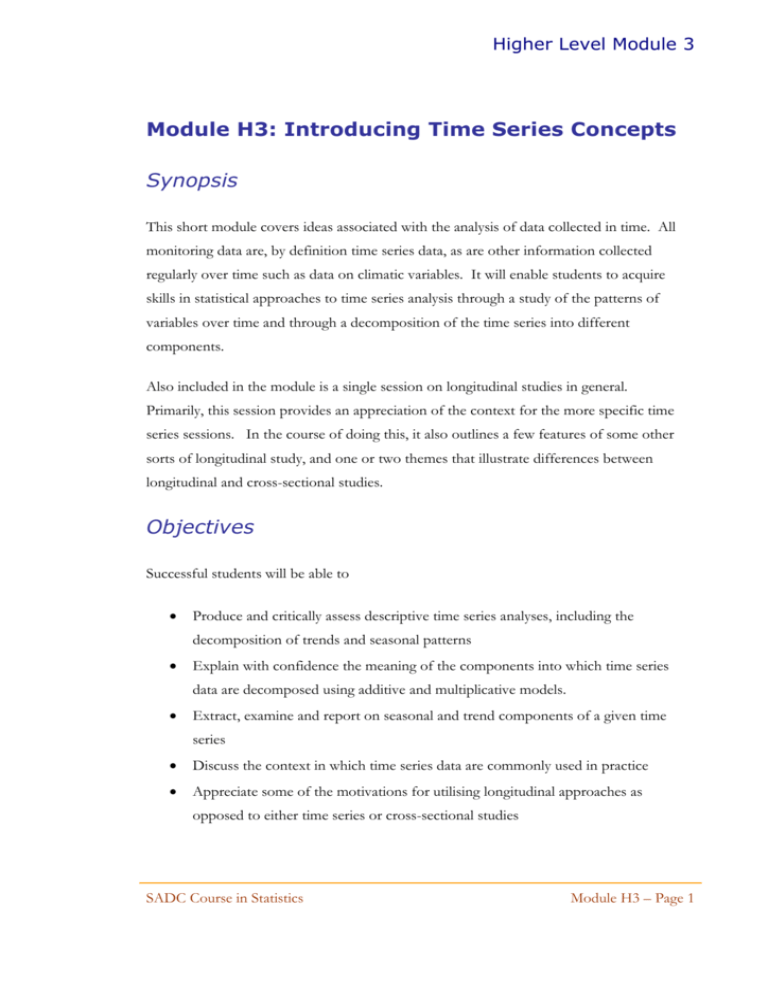
Higher Level Module 3 Module H3: Introducing Time Series Concepts Synopsis This short module covers ideas associated with the analysis of data collected in time. All monitoring data are, by definition time series data, as are other information collected regularly over time such as data on climatic variables. It will enable students to acquire skills in statistical approaches to time series analysis through a study of the patterns of variables over time and through a decomposition of the time series into different components. Also included in the module is a single session on longitudinal studies in general. Primarily, this session provides an appreciation of the context for the more specific time series sessions. In the course of doing this, it also outlines a few features of some other sorts of longitudinal study, and one or two themes that illustrate differences between longitudinal and cross-sectional studies. Objectives Successful students will be able to Produce and critically assess descriptive time series analyses, including the decomposition of trends and seasonal patterns Explain with confidence the meaning of the components into which time series data are decomposed using additive and multiplicative models. Extract, examine and report on seasonal and trend components of a given time series Discuss the context in which time series data are commonly used in practice Appreciate some of the motivations for utilising longitudinal approaches as opposed to either time series or cross-sectional studies SADC Course in Statistics Module H3 – Page 1 Higher Level Module 3 Pre-requisites Intermediate level or equivalent. This should include a good knowledge of computational tools available within Excel and familiarity with use of the add-in SSCstat. There are no formal statistical pre-requirements. However, competence in dealing with general statistical ideas and approaches, as provided through Modules H1 and H2, would be helpful. Contents Session 1. Time-Series: An Introduction Indicators are regularly produced by National Statistics Systems because of the interest in government to examine changes in these summaries over time, e.g. changes from year to year. Where data are collected monthly, or regularly over shorter periods of time, seasonal fluctuations are also of interest. This session, and those that follow, are therefore aimed at procedures that can be used to investigate how annual or monthly summaries behave over time and in particular whether there are identifiable trends that occur in such time series. Session 2. Trends in Time Series Overview of the approach to analysis. Understanding the different components of a time series. Examining and estimating trends. Simple forms of forecasting. Session 3. Decomposing a time series Formally separating a time series into its different components. Additive and multiplicative effects. Estimating the seasonal effect. What is meant by de-seasonalising a series. Sessions 4 & 5. Forecasting and Review Forecasting with a series that has both trend and seasonal effects. Practice in examining a time series carefully, undertaking an analysis of the data, and producing a written report SADC Course in Statistics Module H3 – Page 2 Higher Level Module 3 which highlights the objectives being addressed, any limitations or concerns with the data, an interpretation of the results of the analysis, and conclusions. Session 6. Appreciating general forms of longitudinal data The session summarises the data collection requirements and supporting institutional setting that characterise most routine monitoring by professional time series production. Other contrasting features of the broader class of longitudinal studies are set against those of time series, illuminating the common research orientation of longitudinal studies. The latter are also contrasted with cross-sectional studies which are comparatively weaker in explanatory power, but quicker and cheaper, e.g. because of lack of need for formal tracking or other sample follow-up. A few non-technical comments are made about sampling issues relating to longitudinal studies. SADC Course in Statistics Module H3 – Page 3
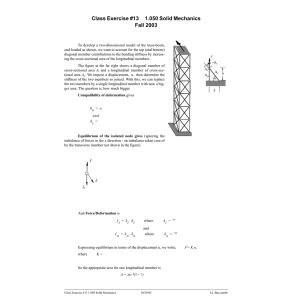




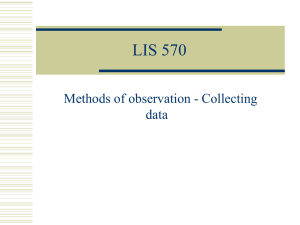
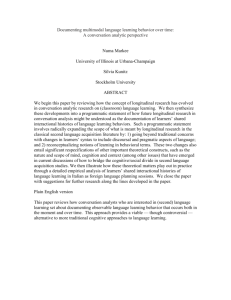
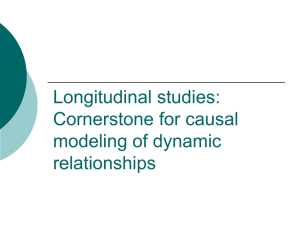
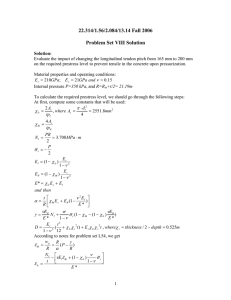
!['Longitudinal workforce analysis using routinely collected data: challenges and possibilities' [ppt, 4.09 MB]](http://s2.studylib.net/store/data/015497394_1-b4272ca7d5f020e029b96a25f7b9a158-300x300.png)


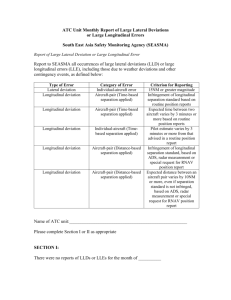
![Ethical Dilemmas in QLR [DOCX 17.54KB]](http://s3.studylib.net/store/data/006925200_1-8565672881f682428615d0216a5641fd-300x300.png)
